SCIENCE IN CONVENTS
science in convents
This mineralogy and palaeontology museum is host in a former convent of the capuchin friars, as a reminder of the vital work monasteries and convents did since the middle ages for the cultural and scientific development of the European countries.
Mineralogy and crystallography were born as disciplines thanks to a clergyman, Canon of Nôtre Dame de Paris Abbot RJ. Haùy, a scientist who lived in France between the 18th and 19th centuries. He introduced the notions of crystal lattice, symmetry, as well as identifying all minerals based on their crystal and chemical classes. No wonder that these notions are based on the idea of regularity and perfection in simplicity, the basis of conventual life.
Historical background
Following the death of Charlemagne, monasteries became vital centres for European science and culture. For a long time, in their libraries, scriptoria and workshops liberally developed arts, sciences and literature. Thus, for centuries friars were the custodians of the old-age European culture, allowing the development of science although as a support of Christianism.
Originally, since the Rule of St. Benedictine required manual work first, rather than intellectual work, convents developed a self-sufficient economy succeeding in self-producing the necessary goods for their own activity and for the surrounding villages. Methodical and organized work was the rule of monastic lives and this is the reason why the Middle Ages industry was largely controlled by monasteries; thus, this also explains why some monastic orders operating in northern Europe (especially the Cistercians) became the mining pioneers.
They developed coal, iron, gold, silver and salt mines on a large scale. One of the first Cistercian foundations in Scotland, the Abbey of Newbattle, founded in 1140, opened a large coal mine. In England, Fountains Abbey shortly after its foundation reopened the old lead and iron mines, while building several foundries and taking advantage of their full rights over the minerals in the whole region. In the 13th century, the English Cistercians were the largest producers of metals, whereas in Germany the Cistercians exploited some of the largest European silver deposits located in the mine called Die Kutte (the hood).
In that vibrant historical context, the convents’ workshops were the ideal place for experiments and technical innovations. At the end of the 11th century, the Benedictine friar Teofilo wrote about a number of inventions made in convents, including the production of glass and the painting of stained-glass windows.
Monasteries also became ideal crossroads along pilgrimage routes, thus growing into powerful culture, science and technical skills dissemination centres.
Later, the Franciscan Rule dictating poverty and humility overruled the economic interest that had, in its turn, overthrown faith. In 1525, the reform of the Franciscan Order towards a strict observance of the Rule resulted in the birth of the Capuchin Order, which spread rapidly throughout Italy. In 1553, the Capuchin monks landed in Sardinia to preach in Ploaghe, following the call by the Archbishop of Sassari. The Sardinian Province of the Capuchins was born so a few decades later, under Pope Innocent IX.
Museum English Guide
Click to download the guide
MASULLAS' CONVENT
This convent was built in 1646 on the initiative of Mr. Francesco Simoni, a wealthy local landowner who wanted to give his town a relevant cultural and religious reference point. The building, whose cloister is the focal point, is a clear example of anti-Franciscan architecture and a statement of their Rule’s rigour and simplicity.
Despite the inherent vocation to the decorative arts, the Capuchin convents in Sardinia became the hotbed of wood inlay works that developed in the 17th century, creating some remarkable examples of wooden sculptures whose cultural value is now fully acknowledged.
Therefore, although this is not one of the oldest medieval monasteries, this convent has long maintained its role as a hub for faith, knowledge and tradition within the town. Amongst the traditions, the Capuchin friars passed on their knowledge on traditional and herbal medicine. In the Capuchins’ gardens officinal herbs were grown to prepare the drugs stored in their apothecae (pharmacies), which were made available to anyone in need. These drugs were undoubtedly useful during the great outbreak of bubonic plague that arrived from Spain through Alghero and had spread in most of Sardinia between 1652 and 1657, also affecting Masullas.
Nowadays, the term monastery is increasingly accepted as a synonym of convent, as it more properly designates the residences of the mendicant orders as the Capuchins. However, the word convent derives from the Latin “conventus”, which means “meeting, reunion”; for this reason, the convent was also intended as a meeting space and reference point for all the rural communities, as was Masullas in the past centuries.
In conclusion, this place deservedly rediscovers today its role as a meeting and cultural hub, for both human and scientific culture, typical of the great monasteries of the past.

POLO MUSEALE MASULLAS
Info
Ex Convento dei Cappuccini
Via Cappuccini, 57
09090 MASULLAS (OR)
Sardegna
Italia
coopilchiostro@tiscali.it
Collegamenti
- Atti amministrativi
- Termini e condizioni
- Privacy Policy
- Cookie Policy
- CEAS
Newsletter
Iscriviti alla nostra newsletter per rimanere aggiornato sugli eventi del polo museale del comune di Masullas
SOSTEGNO PUBBLICO
PROGETTO NEOLITHIC PARK 3D
CUP: E78D17000220007
Bando CultureLab “Sostegno finanziario alle imprese del settore culturale e creativo per lo sviluppo di progetti culturali innovativi”




